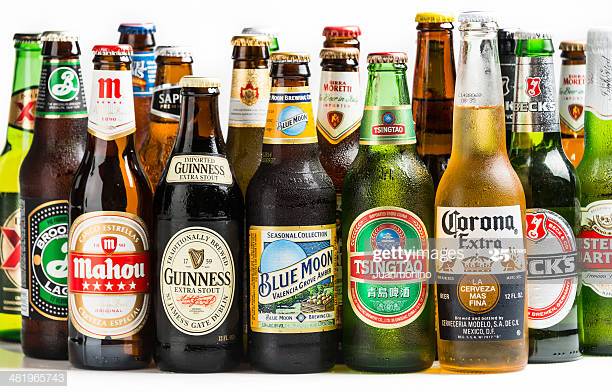
Understanding Alcohol
Alcohol is a legal, controlled substance that lowers anxiety and inhibitions. It also has a broad range of side effects, from loss of coordination to slurred speech. Not everyone who drinks is an alcoholic, but anyone whose life is negatively affected by alcohol on a consistent basis is considered to have an alcohol use disorder. Alcohol is commonly consumed as a drink in various forms, including beer, wine and hard liquor.
Beer Addiction and Abuse
Beer is an alcoholic drink typically made from water, barley, hops and yeast. Compared to wine or hard liquor, beer usually has the lowest alcohol content by volume (ABV). Beer’s ABV ranges from about 2 to 12 percent, with the most commonly consumed beers (Budweiser, Coors Light, Miller Lite, Corona, Busch, etc.) falling in the 4 to 6 percent range. For most people, it takes 3 to 5 beers to be over the legal driving limit. Beer has become synonymous with many activities in American culture. Drinking games on college campuses revolve around it, happy hours are the go-to activity for professionals, and you’d be hard pressed to find a sporting event without it.
Liquor Addiction and Abuse
Liquor is the umbrella term for hard alcoholic drinks or spirits like tequila, vodka, gin, rum and whiskey. Liquor has a much higher ABV than beer or wine and is often mixed with sodas, juices or water. The average size of a liquor pour is 1.5 oz. When not mixed into drinks, liquor is consumed as a shot or “neat.” Carbonation speeds up the absorption of alcohol into the bloodstream, so drinking liquor mixed with soda can cause quicker intoxication. The lower liquid content of shots make them easier to consume, leading to a higher risk of abuse and subsequent drunkenness.
